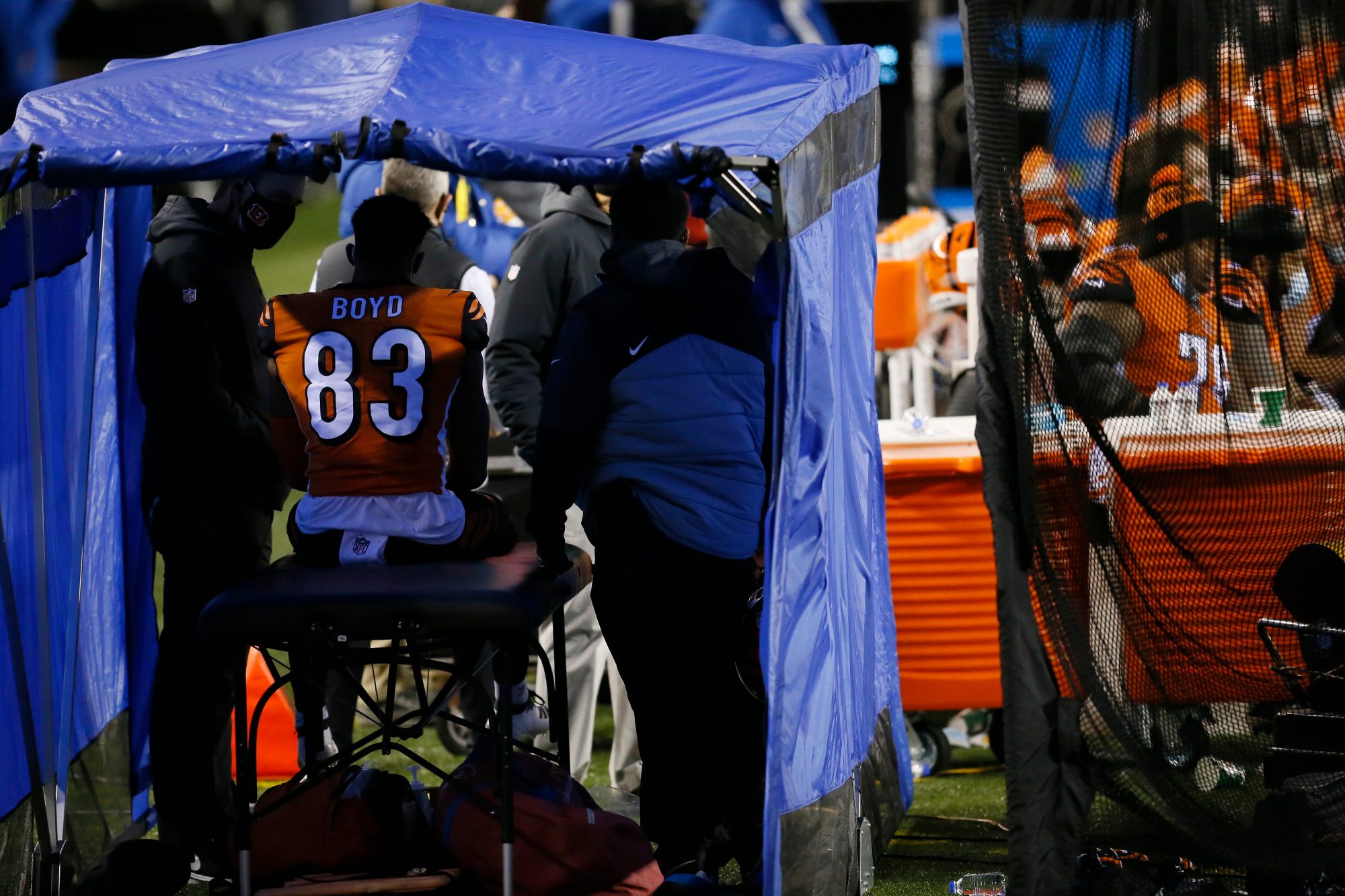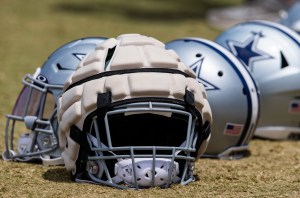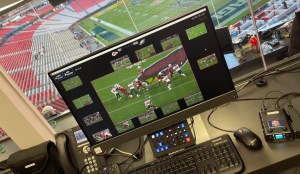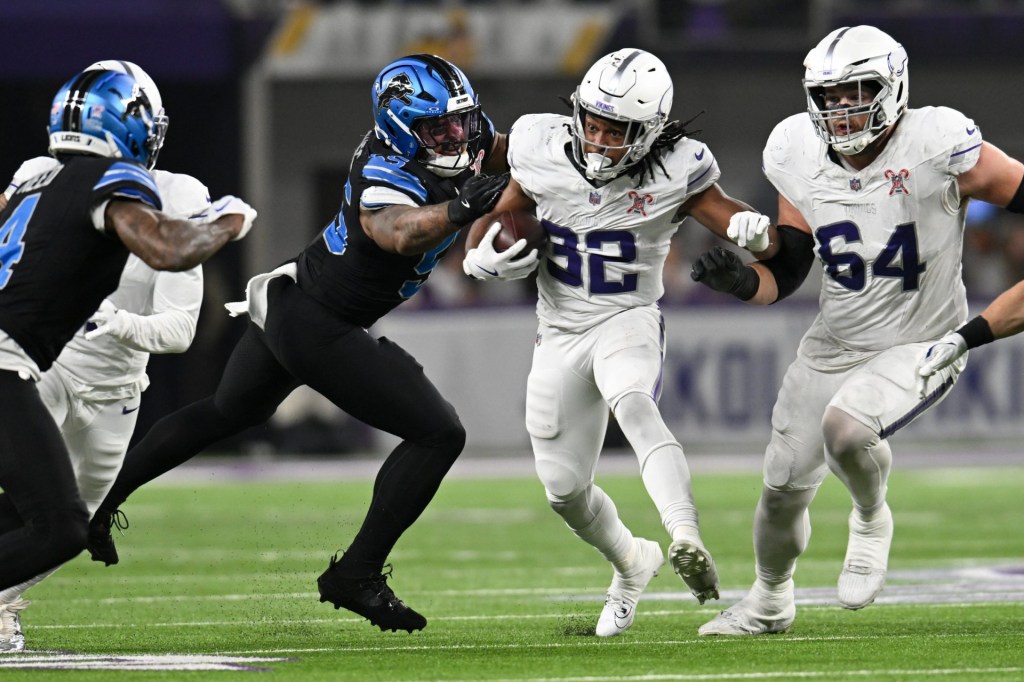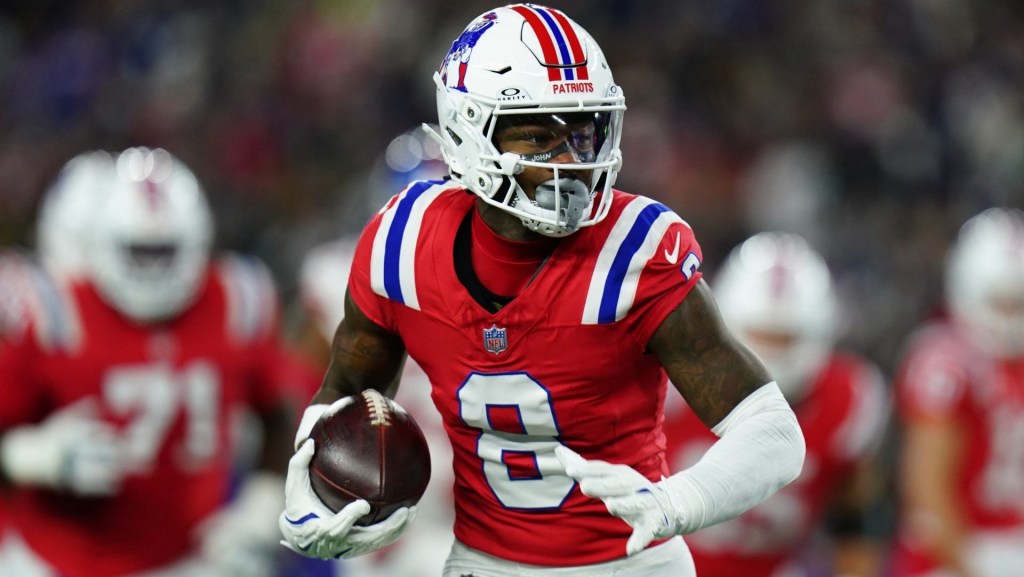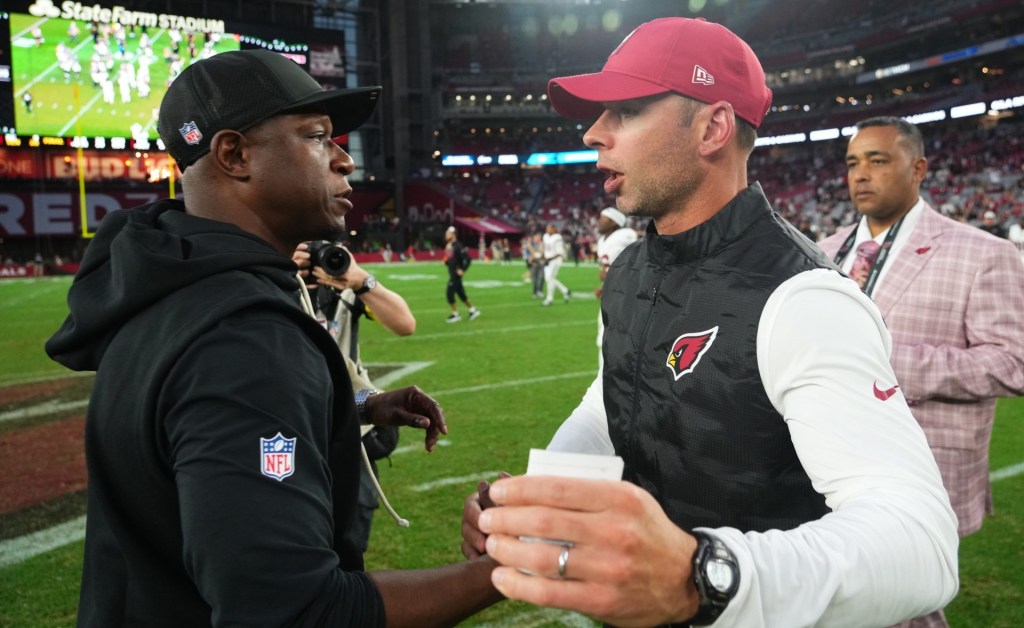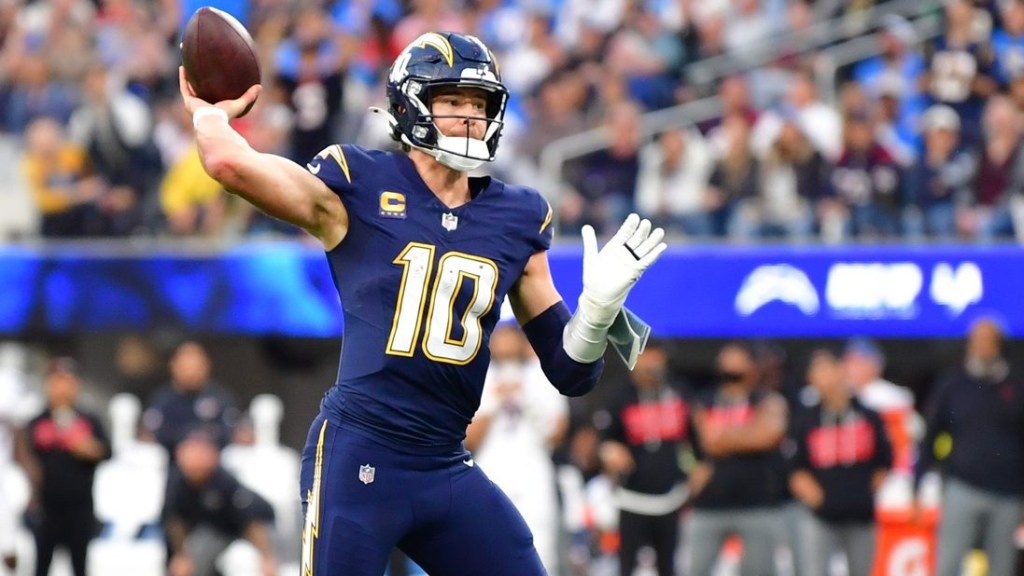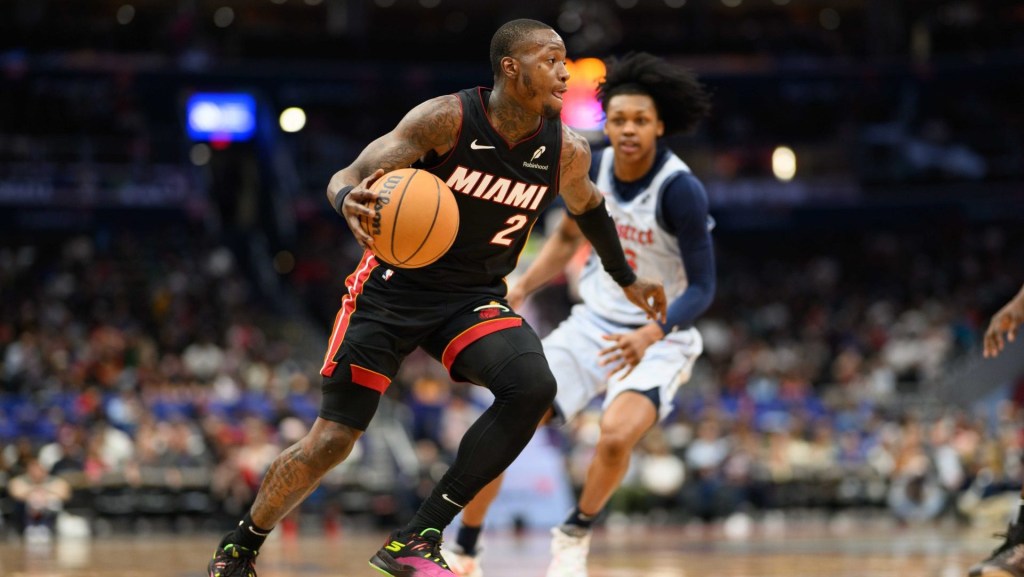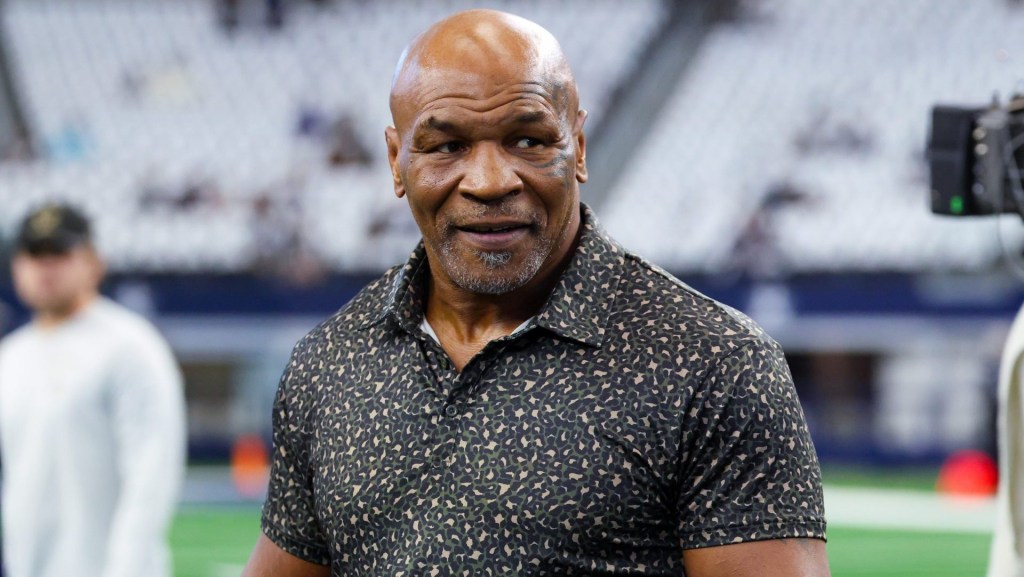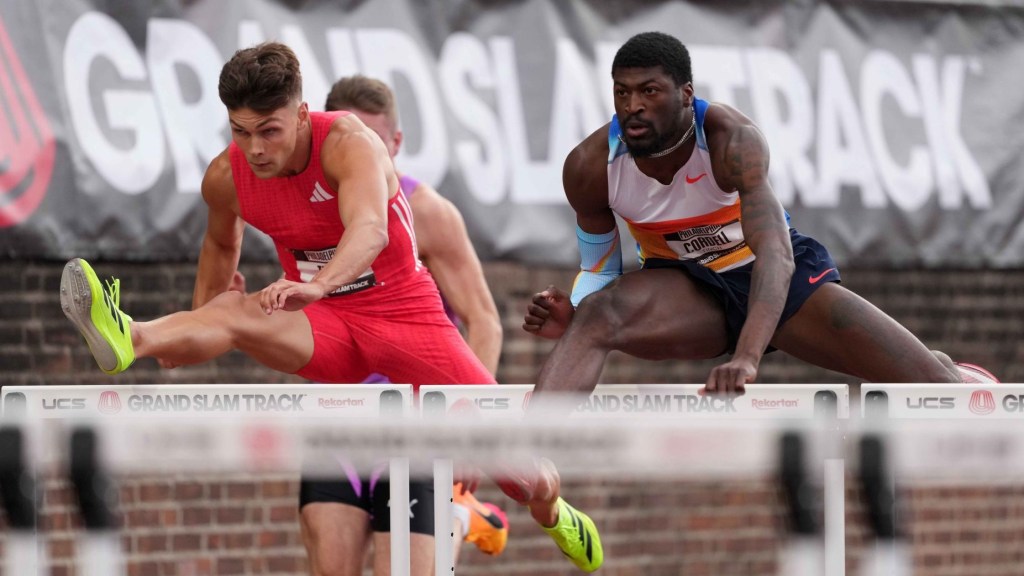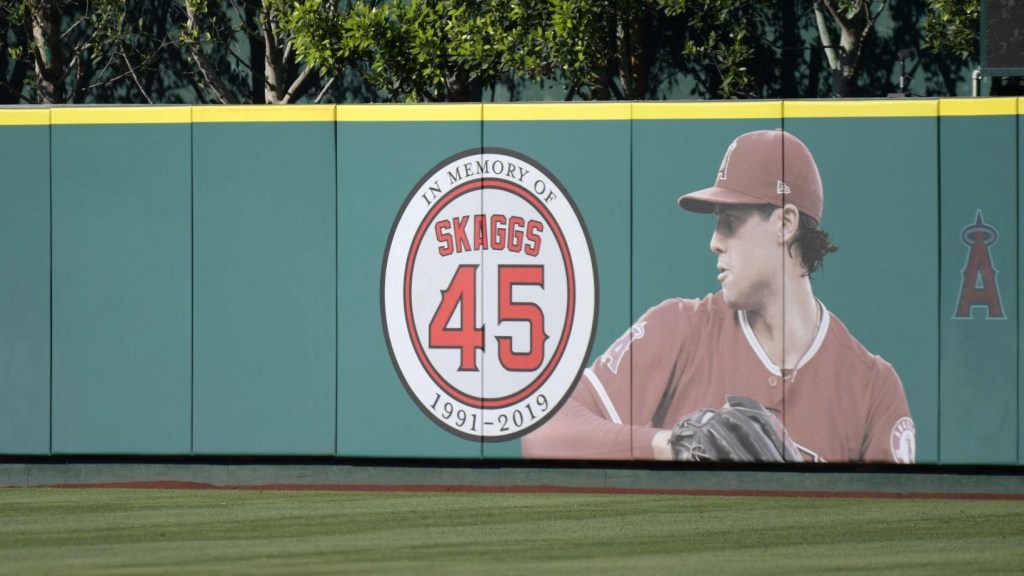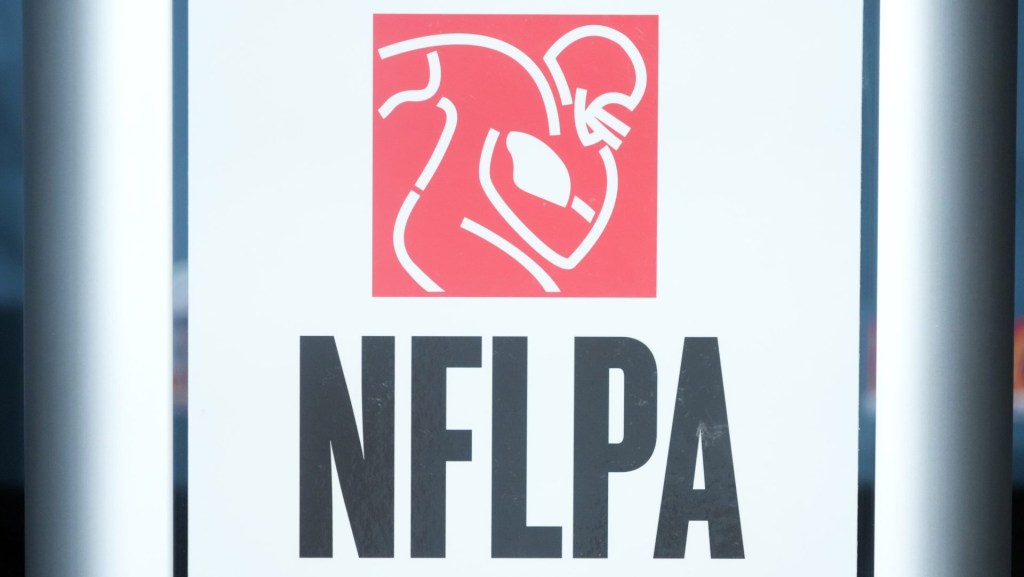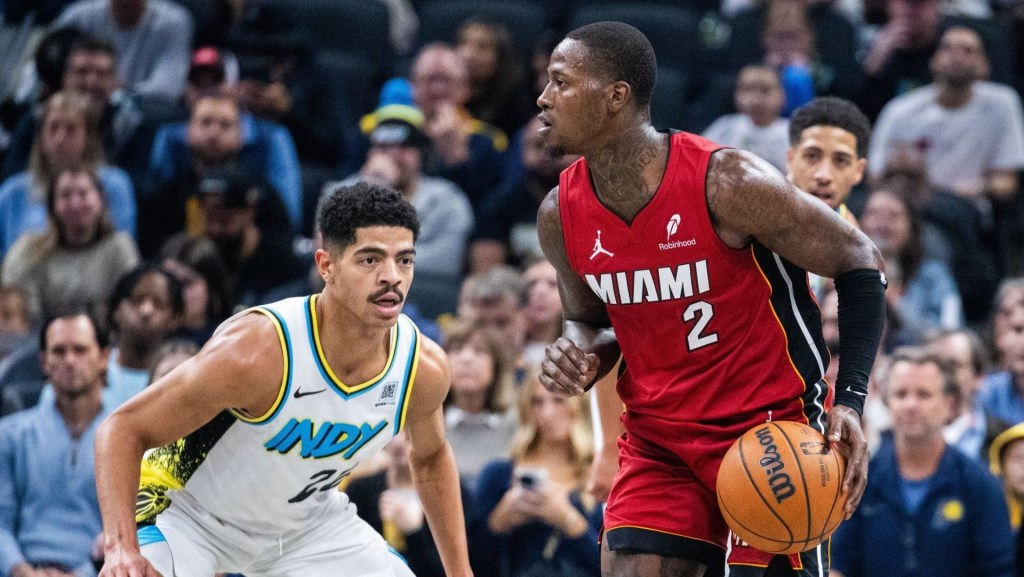A medical expert for insurers battling the NFL over liability for player concussions — a settlement currently worth $1.2 billion and growing — suggested that up to 40% of the now 1,663 former players who have received payments may have overstated and even feigned their symptoms.
The dramatic proposition was made in an October 2022 expert’s report, one of hundreds of documents recently posted on a New York state court website this month before a key December hearing in the 12-year-old case.
In a bid to avoid reimbursing the NFL, the insurers deployed three medical experts to argue that there’s no scientific evidence linking head injuries with neurocognitive disorders, such as Amyotrophic Lateral Sclerosis (ALS), Alzheimer’s, and Parkinson’s, covered in the settlement.
What’s at stake isn’t the settlement itself, nor the money already paid or future payments. The league previously charged its 32 clubs for the awards by withholding national revenue payments and could do so again.
Instead, it’s the battle over who will ultimately pay for the costs of a sport that over decades has left many of its competitors mentally impaired or worse.
According to court documents, the NFL is seeking at least $1.2 billion from its risk carriers. One of the insurers’ arguments is that the league erred in striking the 2017 settlement because of the alleged void of scientific evidence that playing football causes brain disorders.
“It is well-known in the neuropsychological literature that feigning and malingering is present in approximately 40% of individuals receiving testing in a litigation context and in cases where there is a potential secondary financial gain,” wrote Dr. William Barr, a Professor of Neurology at the NYU Grossman School of Medicine in New York City who aggressively questioned the scientific merits of linking head injuries to later neurological diseases.
The insurers’ experts also described what one of them called the “neurodegenerative disease narrative,” an attack on those who have linked head injuries to later-in-life neurological degeneration. Those studies provided the foundation for scores of health and safety initiatives deployed by the NFL in the last decade.
The National Institutes of Health found a causal link between multiple head hits and chronic traumatic encephalopathy (CTE) just last year, marking the first time this connection was established.
However, three experts who each prepared a report for the insurers all but scoffed at this argument.
“The rationale for these monetary awards for football players on the (basis) of clinical AD (Alzheimer’s), PD (Parkinson’s), and ALS, continues to be inexplicable from the standpoint of science and medicine,” Dr. Rudolph Castellani, professor of pathology at Northwestern University Feinberg School of Medicine wrote.
The experts took particular aim at the portrayal of CTE, suggesting it is not even a disease, and that the academic institution at the forefront of the issue has an agenda and may not be allowed to conduct its research.
Boston University has been critical in raising awareness of CTE and its brain bank has found the condition in hundreds of deceased NFL players (it can only be detected post-mortem).
“The vast majority of ‘CTE’ (diagnoses) involving former NFL athletes have come from one research laboratory,” Dr. Castellani wrote, adding that BU’s CTE Center “may not be qualified in the United States, to the best of my knowledge, to test human tissues for diagnosis.”
BU provided an extensive rebuttal of these charges.
The insurers’ argument left the NFL in the awkward role of defending the position that head injuries suffered while playing in the league caused degenerative neurological disorders. The NFL took the insurers’ position for years but softened its hardline stance under intense public pressure beginning in the 2010s.
In disputing the insurance carriers’ case, the NFL tried to thread the needle by prefacing its arguments by noting it is only assuming what the former players contended is true.
The insurers also have argued that the NFL knew about the dangers of head injuries, so any coverage is invalidated. The league noted the inconsistency of arguing the NFL knew about the risks of head injuries, then contending there is no long-term harm from them.
“Indeed, one of TIG’s experts goes so far as to suggest that the players complaining of injury are merely malingering,” the league’s lawyers wrote, referring to the lead insurer.
The insurers, in turn, tried to paint the NFL as cynical and uninterested in the players’ health. The carriers posted on the court docket a slideshow assembled by the NFL in 2010, just a week after a plaintiffs’ law firm first contacted NFL outside counsel about a head injury lawsuit (that case would be filed in July 2011).
The slide show, apparently assembled by then-communications executive Paul Hicks included bullet points such as “Pick the research that finds a ‘cure’ and drive hardest to that rather than fund good works” and “Hire David Boies or some other publicly recognized killer litigator.” (The league did hire Boies, but for lockout litigation.)
The NFL has settled with dozens of the insurers in the initial litigation. Still, four remain: TIG Insurance Company, The North River Insurance Company, United States Fire Insurance Company, and American Guarantee & Liability Insurance Company.
A hearing on each side’s motion for the judge to rule in their favor — known as summary judgment — is scheduled for Dec. 21. If the judge does not grant summary judgment to either side, the parties have requested a jury trial.
